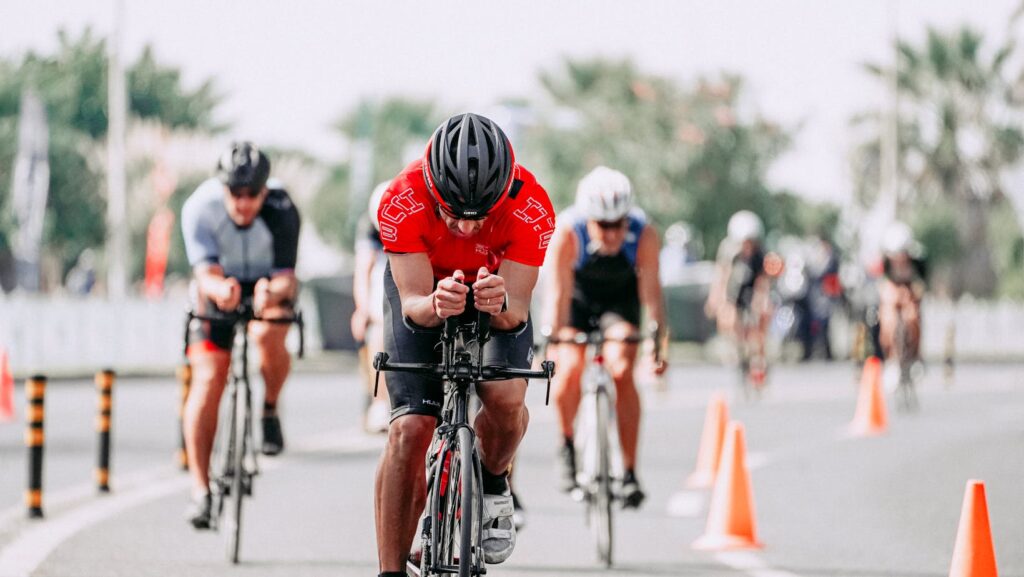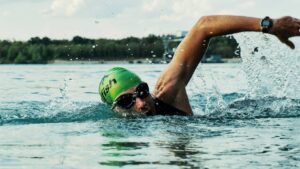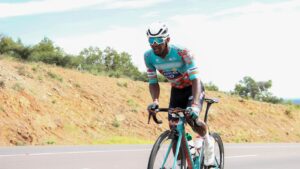
Embarking on a triathlon journey can be both exhilarating and daunting. As an avid triathlete myself, I’ve discovered the importance of effective training strategies to conquer this ultimate test of endurance. In this article, I’ll share valuable tips to help you prepare mentally and physically for the challenges that lie ahead in your triathlon training.
From mastering the transitions between swimming, cycling, and running to optimizing your nutrition and recovery plan, every aspect of your training plays a crucial role in your success on race day.
Understanding the Triathlon: Swim, Bike, Run
As someone deeply engaged in triathlon training, I find it essential to grasp the fundamental aspects of this multifaceted sport. Triathlon consists of three disciplines: swimming, cycling, and running, each demanding its unique set of skills and training techniques. Understanding the basics of these components is crucial for developing a well-rounded training regimen that targets specific muscle groups and enhances overall performance.

Transition training plays a pivotal role in triathlon success as it enables athletes to seamlessly switch between swimming, cycling, and running without wasting precious time. Practicing smooth transitions not only improves race efficiency but also helps maintain momentum throughout the event. Incorporating transition drills into your training routine can significantly enhance your overall triathlon performance by reducing transition times and ensuring a fluid progression from one discipline to the next. Mastering these transitions is key to achieving optimal results in triathlon competitions.
Setting Up Your Triathlon Training Plan
Goal Setting and Periodization

In preparing for a triathlon, I always start by setting clear and achievable goals. I find that breaking down my overall aim into smaller, manageable targets keeps me motivated and focused throughout my training. By setting specific goals for each discipline – swimming, cycling, and running – I can track my progress effectively and make adjustments as needed. Periodization is key to structuring my training plan. It involves dividing my training into phases, each focusing on different aspects of fitness to peak at the right time for the race. This systematic approach ensures that I build strength, endurance, and speed progressively, leading to optimal performance on race day.
Balancing the Three Disciplines
One challenge I often face in triathlon training is balancing the demands of swimming, cycling, and running. To strike the right balance, I allocate time to each discipline based on my strengths and weaknesses. I prioritize consistency in training across all three disciplines to develop overall fitness and prevent burnout. It’s essential to tailor my workouts to address the specific requirements of swimming, cycling, and running while ensuring I don’t neglect any area. By incorporating a mix of workouts that target different muscle groups and energy systems, I can improve my performance across all disciplines and enhance my overall triathlon experience.
Triatholon Training Tips

When it comes to triathlon training tips, focusing on mastering the swim is crucial for a successful race day performance. To improve my swim leg, I prioritize regular swim sessions to build endurance and technique. Incorporating drills like bilateral breathing and pacing variations has been instrumental in enhancing my swim efficiency. Additionally, investing in a well-fitted wetsuit and practicing open water swims whenever possible help me simulate race conditions and boost confidence. By honing my swim skills, I ensure a strong start to my triathlon races.
When it comes to triathlon training tips, one of the most important considerations for the bike portion is ensuring that your bike fits you well. A proper bike fit can enhance your comfort, power output, and aerodynamics, leading to a more efficient ride. It’s advisable to consult a professional bike fitter to adjust your bike’s dimensions to suit your body mechanics and riding style.
Furthermore, integrating speed work like intervals and sprints can enhance your cycling speed, endurance, and anaerobic capacity. These high-intensity efforts simulate race conditions and improve your ability to sustain a fast pace during the bike leg. Mix up your training with speed work sessions to boost your cycling fitness and performance on race day.
